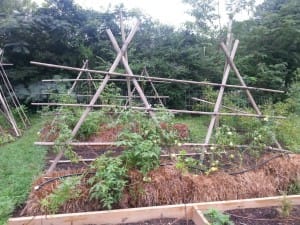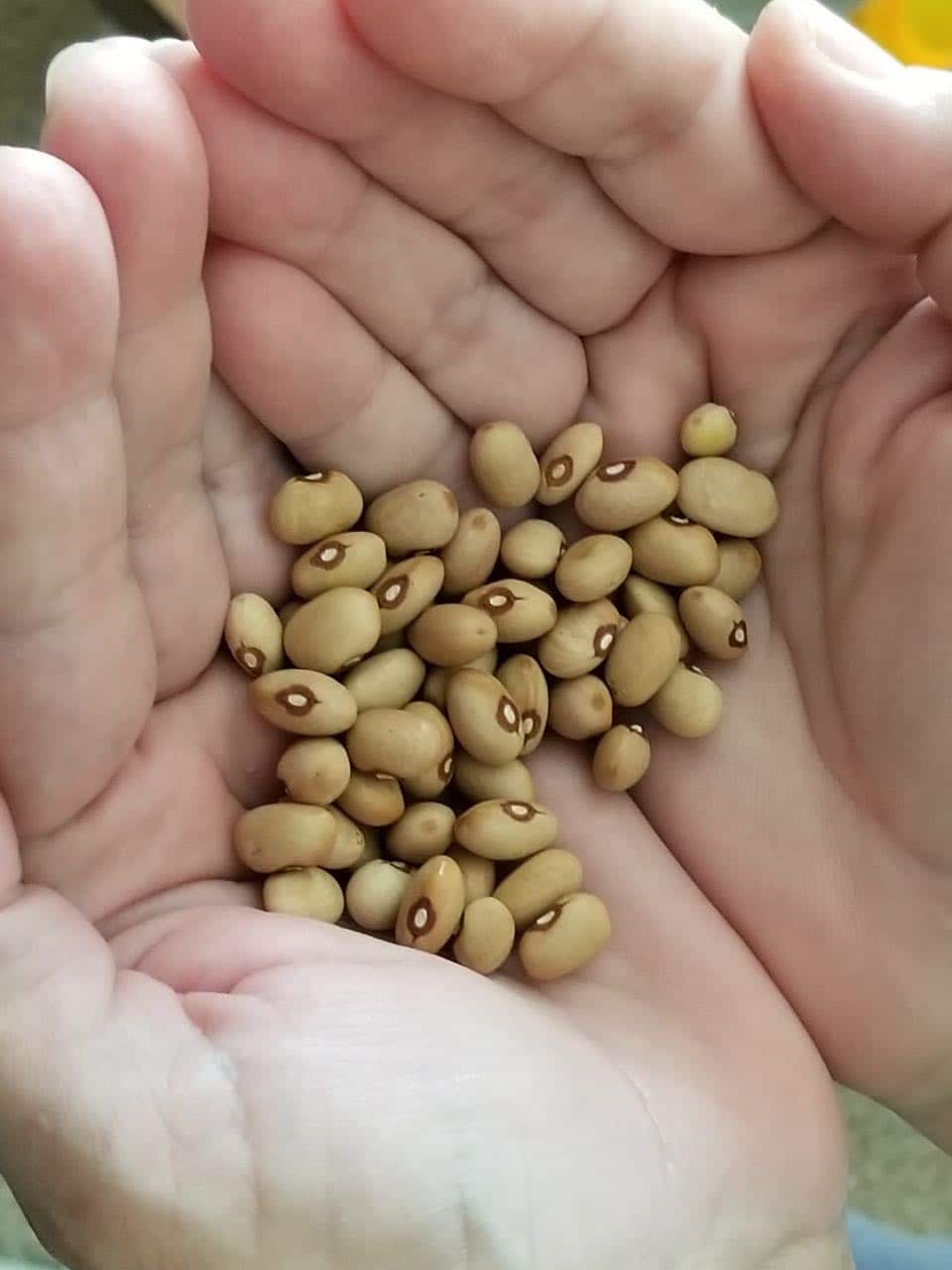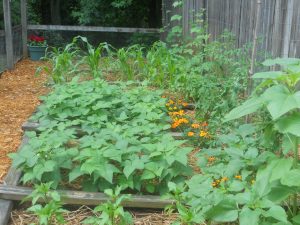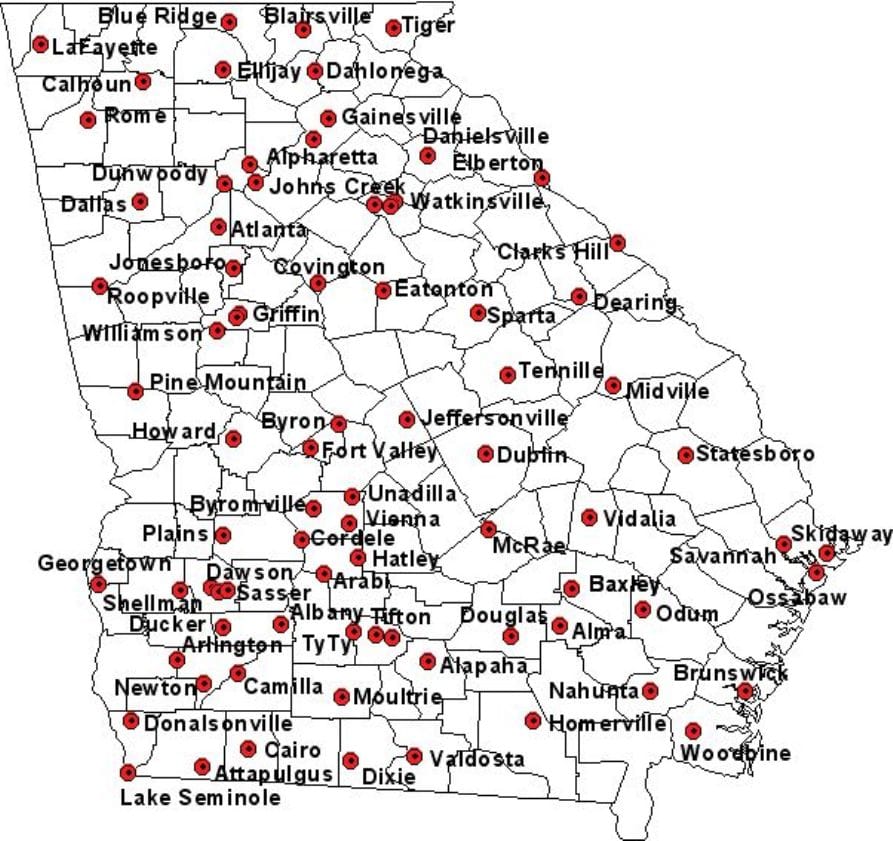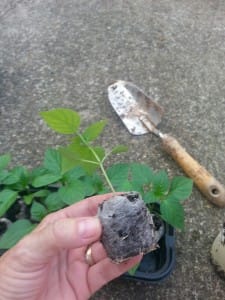Over the next weeks we will be exploring the world of tomatoes. They are the most popular plant in community gardens. But tomatoes can be problematic. Together we will share the good, the bad, and the delicious of tomato growing. Please share your experiences. To begin our tomato journey we are going to look at some tomato terminology.
When deciding on what type of tomato plants you want to grow, choose if you want determinate or indeterminate varieties. Determinate plants bear all of their fruit at one time. The plants tend to be more compact and easier to manage. You will probably still need to support them with a tomato cage or staking. Determinate varieties are popular with growers who want to preserve the fruit, make tomato sauces, or salsas as they get all the fruit at once.
Indeterminate varieties bear their fruit throughout the growing season. The plants tend to sprawl and will definitely need support by staking or caging. Growers who like to eat fresh tomatoes throughout the summer prefer indeterminate varieties.
Tomato Disease Resistance
Due to successful tomato breeding gardeners now can choose tomatoes that show resistance to the common diseases that plague all tomato growers. A note of disclaimer here – remember that disease resistance does not mean disease proof. You can easily determine the disease resistance of a particular variety by the initials after the name:
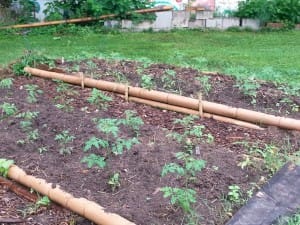
V – Resistance to the fungus that causes Verticillium wilt.
F, FF, or FFF – Resistance to the fungus that causes Fusarium wilt. Sadly, some of the fungi developed immunities to the resistance qualities of the initial “F” tomatoes, so breeders developed cultivars that are resistant to the newer fungal races so now you may see “FF” and “FFF”.
N – Resistance to nematodes
T – Resistance to the Tobacco Mosaic Virus
TSWV– Resistance to the Tomato Spotted Wilted Virus
A – Resistance to the fungus that causes Alternaria Stem Canker
St – Resistance to the fungus that causes Grey Leaf Spot, Stemphylium solani.
Big Boy VFN shows resistance to Verticillium wilt, Fusarium wilt, and nematodes. Tomato plant sellers in your area should stock the tomatoes with the resistance you need. Look for the resistant cultivars in seed catalogs as well.
Don’t rely on planting disease resistance cultivars as your only line of defense against disease. Good cultural practices like proper irrigation, mulching, soil building, fertilization and removal of diseased plants are examples of the integrated pest management (IPM) you should be using.
If you think your tomatoes have one of these diseases contact your local UGA Extension office for confirmation. Georgia Home Grown Tomatoes is an excellent publication for tomato connoisseurs.
Happy Tomato Gardening!

